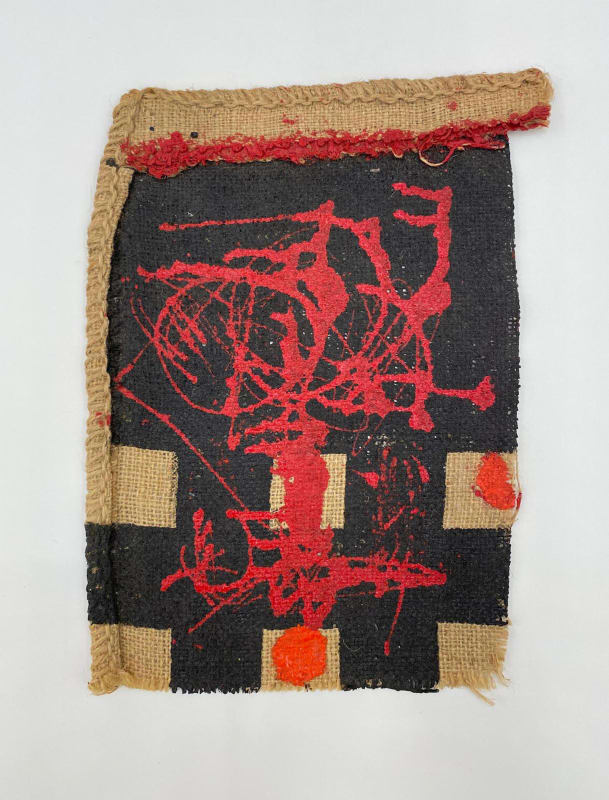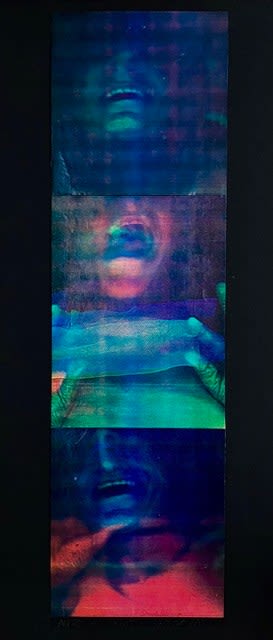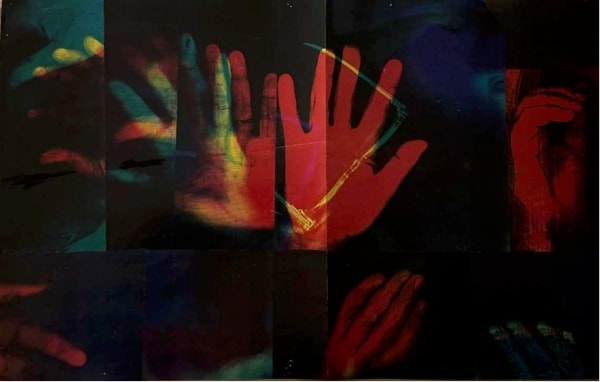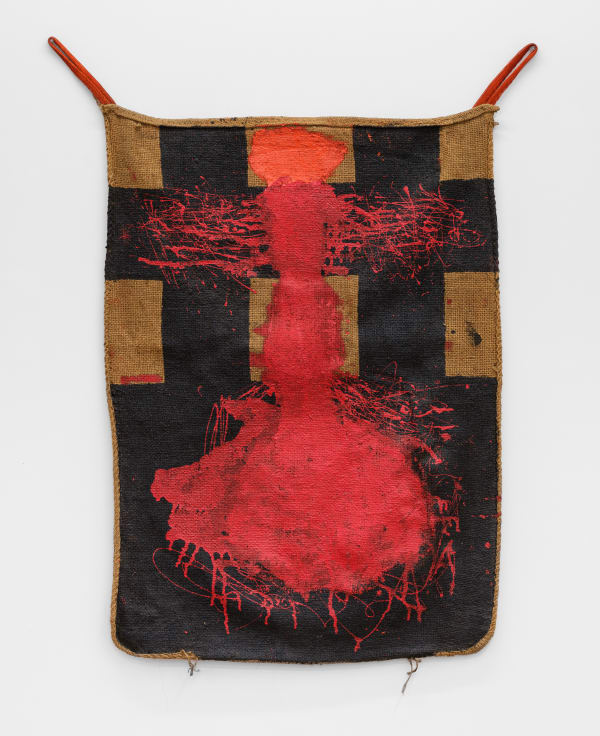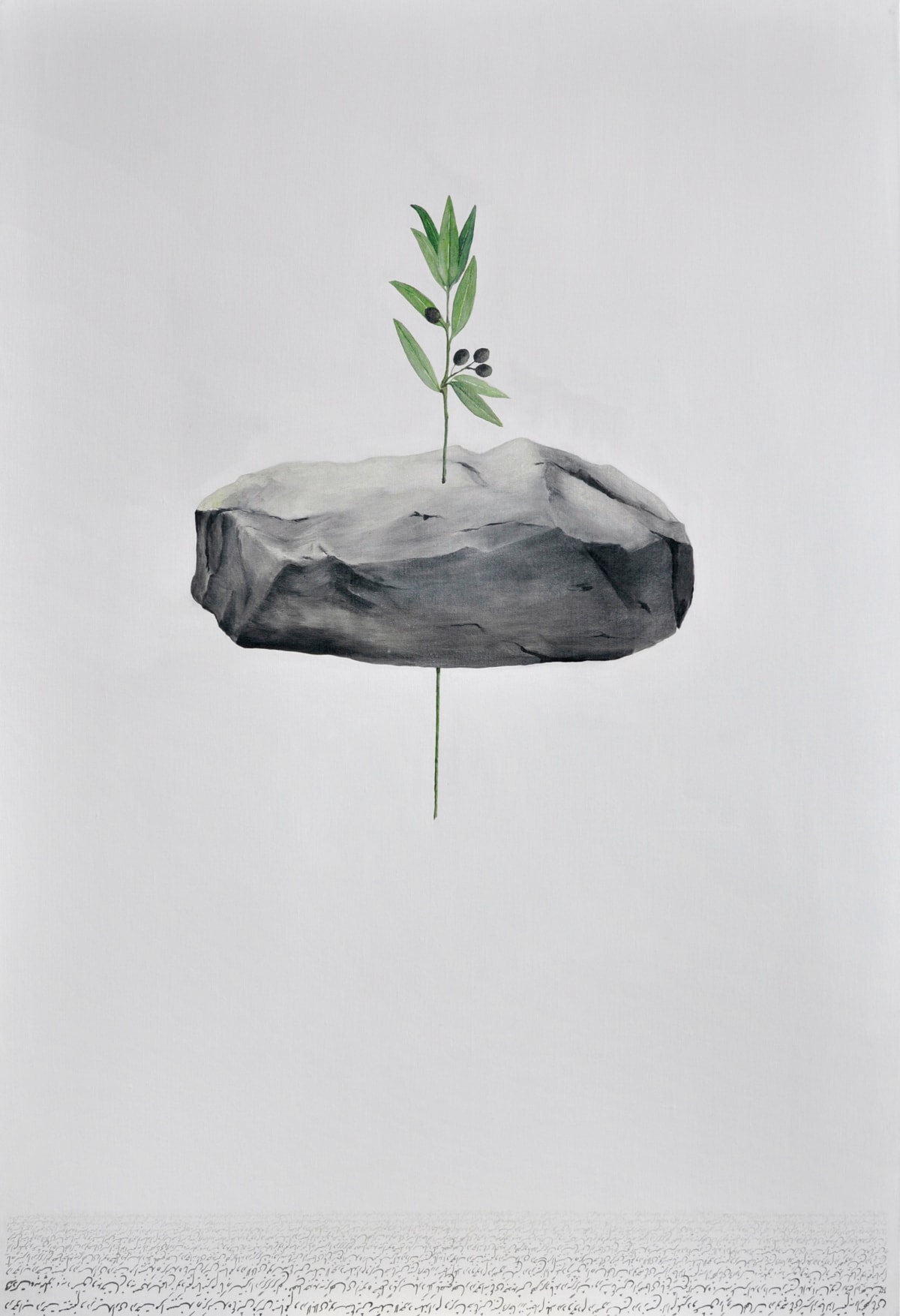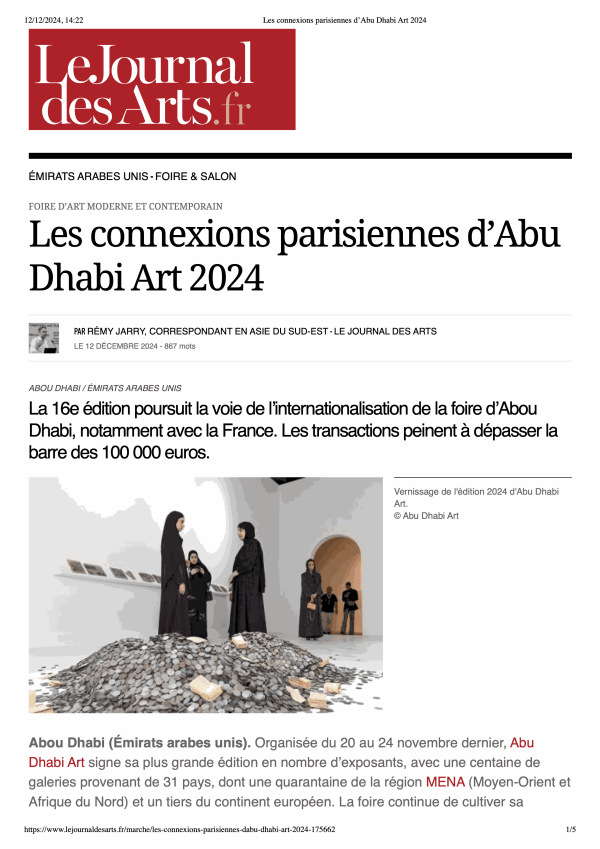Amal Abdenour Nablus - Val-de-Marne, 1931-2020
One of five siblings, Amal Abdenour was born in 1931 in Nablus, Palestine. At the beginning of the "Nakba", in 1948, her mother, widowed since a few years, decided to move with her family to Cairo, leaving behind all their estate and agricultural properties, from which they lived pleasantly. Amal, after graduating from high-school in Cairo, joined the Zamalek School of Fine Arts. She finds her way around Ramses Younane and Inji Efflatoun, the two precursors of the movement "Art and Freedom". There, she also meets up with the young painter William Ishaq, who introduced her to Marxist theories and to the communist youth milieu, which was severely hounded by the new government of Nasser. Amal and her twin brother Souhail, as well as William Ishaq and many other intellectuals of the time, were arrested and imprisoned in 1952. Amal and Souhail remained locked up in the Citadel prison for two and a half years. William Ishaq was incarcerated there for ten years.
In 1955, after her release, Amal took part in a few exhibitions, especially presenting the works executed in prison, an art often overtly political, very much inspired by the Western figurative painting of the time. After a stay in Libya, she arrived in Paris in 1962. She decided to stay in France to pursue her artistic training. She attended the evening drawing classes from the city of Paris and entered the École des Beaux-Arts where she joined Albert Lenormand's studio. She graduated in mural, fresco and mosaic painting. She also confronted emerging artistic currents at the time in search of new media. The end of the 60s heralded great social and economic upheavals, so she looked for a medium other than pictorial, which could be interactive, in line with the evolution of society and the ambient revolutions. In 1970, she discovered THE MACHINE which has dramatically changed her practice, an infinite source of inspiration/creation. For a decade, it has been her only media: "electrography".
Amal became one of the pioneers of "Copy Art" but also of "Body Art" in France and internationally. She began her first "self-portraits" by electrography in black and white in 1970 and then in color on RanXerox machines since 1974. Fragmentary self-portraits of a fragmented, distorted, reinvented body like so many searches for identity, of a self in exile constituting itself as another and the other as an alter ego. Images of a gendered body shown without taboos, freed from all moral constraints, from all veils. In 1977, she obtained an artist's studio in Nogent-sur-Marne, where she recreated in her garden, the signs and the atmosphere of a permanent war that would always haunt her. At the doors of the studio, she creates an evocative installation made of stones, sand and bamboo. From "Copy Art" to "Poster Art" and "Slogan Art", there is only one step. Her art became political again, she was in the demand, in the cause and did not hesitate to take to the streets with her posters to manifest her Palestinian identity. Amal died at the age of 89, on November 8, 2020.


